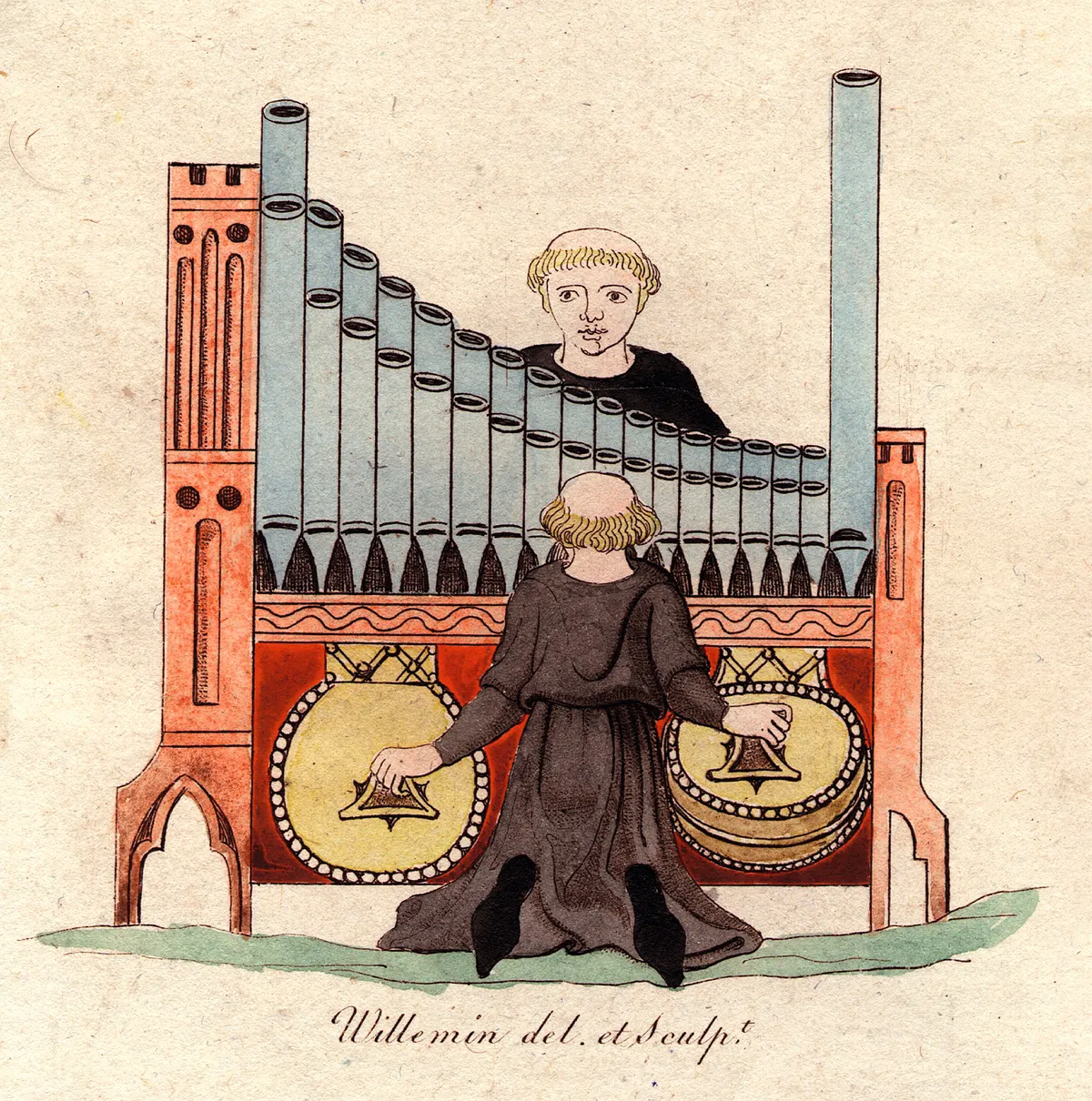It’s certainly the loudest, arguably the quietest and undoubtedly the most complicated instrument ever built. And at almost 2,500 years of age, it’s among the oldest.
But it’s also perhaps the least understood of instruments – even among the greatest artistic figures of our time the organ has split opinion. Stravinsky once complained that ‘the monster never breathes’, no doubt referring to the fact that when a key is depressed, the sound continues until it’s released.
And conductor Thomas Beecham (who had snippy remarks for everything) spluttered that it was a ‘mechanical box of whistles’. Poet John Dryden, however, thought it a ‘wond’rous machine’, Mozart considered it the king of instruments, and that arbiter of musical taste, Grove Dictionary of Music, wrote in 1878 that it was ‘the most perfect musical instrument.’
Whichever side of the fence you sit on, it can’t be denied that some of the most glorious music has been written for the organ, from Couperin’s stately masses to Elgar’s symphonic Sonata; from the thrilling music of 17th-century Spanish composer Cabanilles to the gloriously exotic soundworlds of Messiaen… And at around 15 hours in duration, JS Bach’s organ output, the greatest of all, is the largest written for a single instrument.
But if you find the idea of the organ’s multiple keyboards, knobs, buttons and other appendages a tad overwhelming, we’re here to help. Check out our guide to the different parts of a pipe organ

When was the first organ made?
But first, some (brief) history. It’s not certain when the first organ popped up. The Chinese cheng has been around for more than 5,000 years, its forest of pipes bearing more than a passing resemblance to the organ. And rows of flutes such as panpipes or the syrinx are as old as the wheel.
But an organ that could be played without human lungs was probably invented around 265 BC by Greek engineer and barber Ctesibius. And it was a piece of apparatus in his barber shop that first inspired him.
A counterpoise weight for a mirror would move up and down a cylindrical tube, compressing the air and producing a note. An intrigued Ctesibius built his ‘hydraulus’ (water organ) along the same principles, using water to regulate the pressure of the air supply.
References to the hydraulus, which over the centuries became more and more sophisticated, can be found in ancient Roman and Arabic literature (in fact the Arabs were world leaders in organ manufacture and made such fine instruments that Emperor Charlemagne ordered one for a church in Aachen in 812 AD, causing a member of the congregation to faint in ecstasy).
Find out what we chose as the best organs in the world.
When did organs first appear in churches?
The organ as we know it, with visible pipes played via a keyboard, started to appear in churches and monasteries from around 700 AD, and by the end of the 10th century, the organ could be found in many places of Christian worship around Britain.
Except that, thanks to the vagaries of religion, all hard evidence of those instruments has disappeared. Their role was little more than for the provision of a drone note underneath sung chant, but as western music developed, so did the organ, and multiple keyboards began to appear after around 1500, the most impressive of which were built in north Germany, with Bruhns, Buxtehude and Böhm et al displaying these complex, multi-layered instruments in their very best light.
A far cry, you could say, from the still rudimentary organs of Spain and the south of France. England, meanwhile, crawled behind thanks to the English Reformation, which alternately welcomed, banned and destroyed church organs.
The organ’s golden age came after 1740, technology allowing ever louder and more complex instruments as music in Germany and France became less liturgical and more virtuosic.
The real giants arrived in the 19th-century – five-manual monsters by the likes of French builder Aristide Cavaillé-Coll with his pioneering, lighter pneumatic key action that enabled a new symphonic style of music to emerge, spearheaded in France by composers Franck, Widor, Vierne and Dupré.
If the 20th century has added much to the organ world, it’s technology in the form of playing aids: pedal and manual pistons (see right); electric key action; efficient, electrically powered wind supply; and the ability to incorporate a bewildering number of stops in any one instrument. Contemporary composers, from Rautavaara and MacMillan to Tavener and Pärt have responded with music of dazzling variety and invention.
But the irony, perhaps, is that new organs today are often copies of 18th-century masterpieces. The Royal College of Music’s new three-manual Flentrop, for instance, is a homage to 300-year-old craftsmanship, and all the better for it
